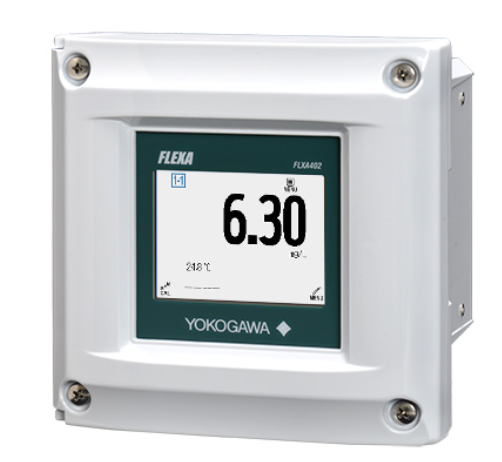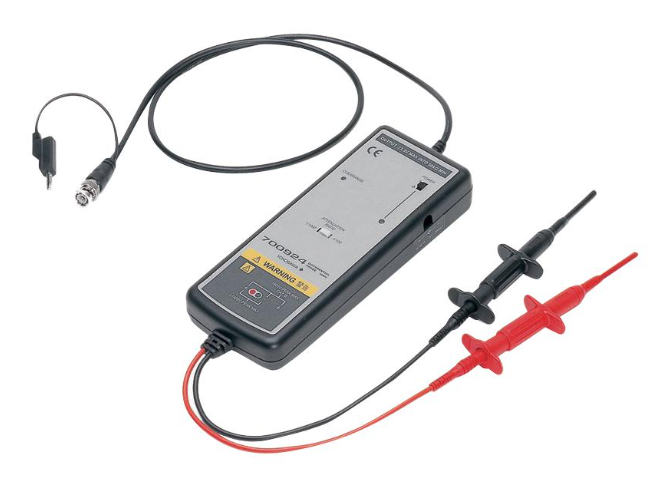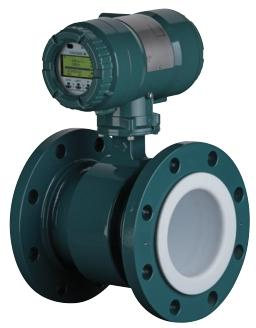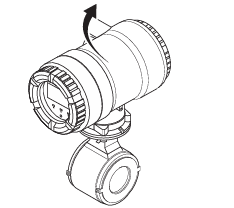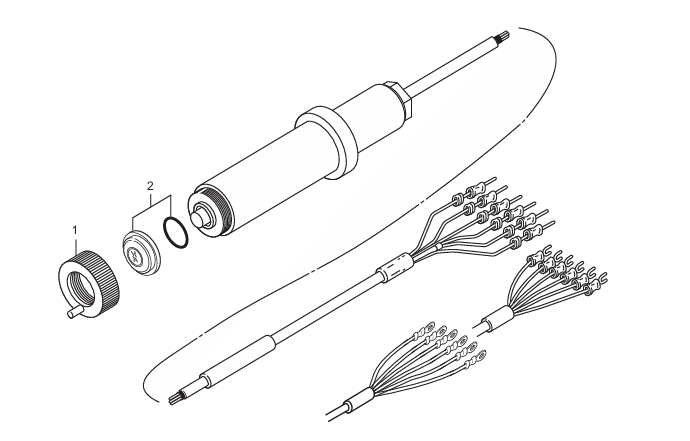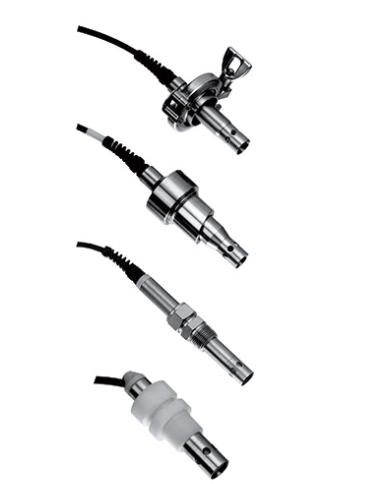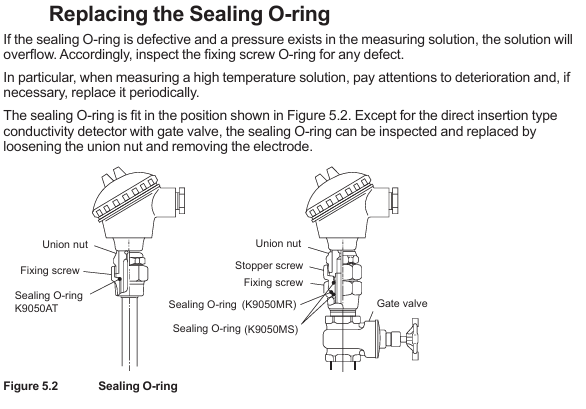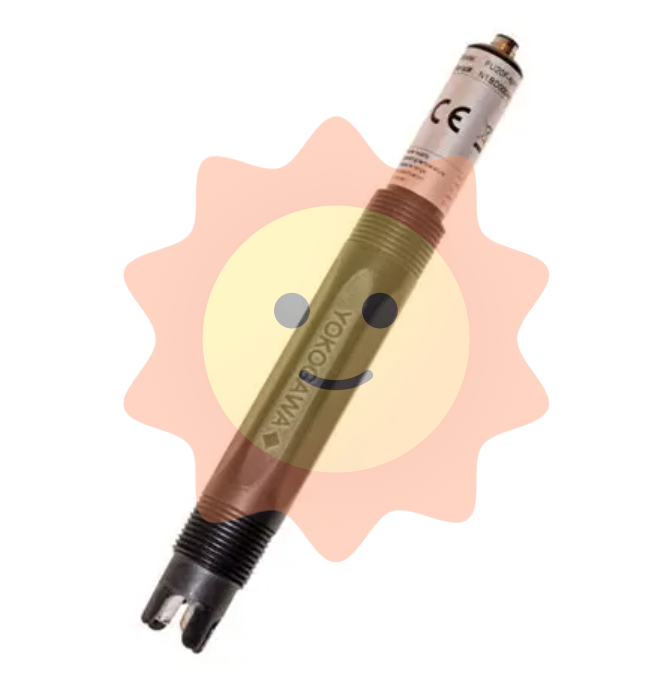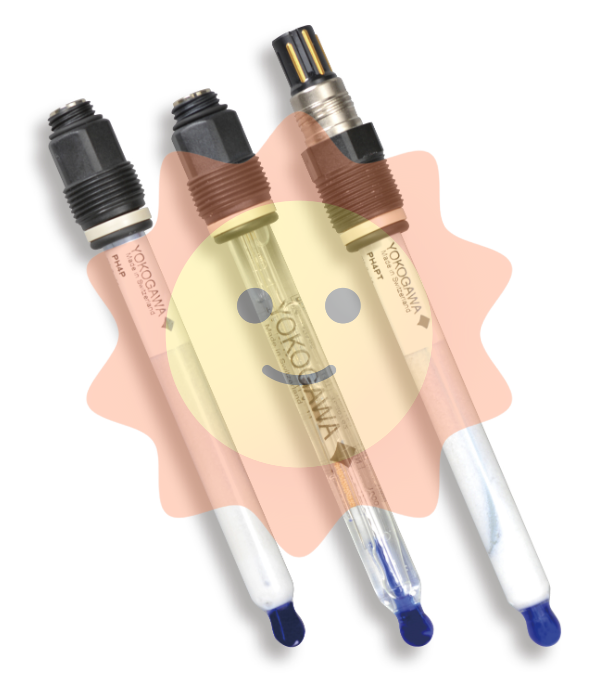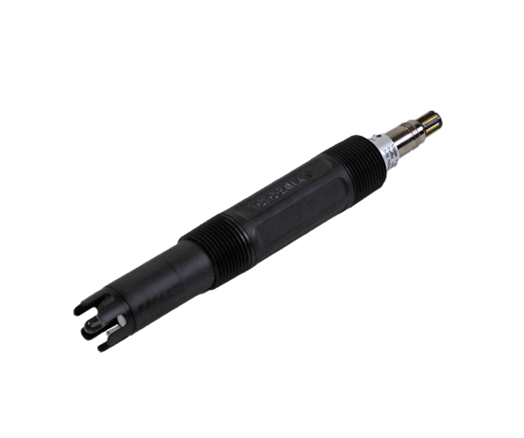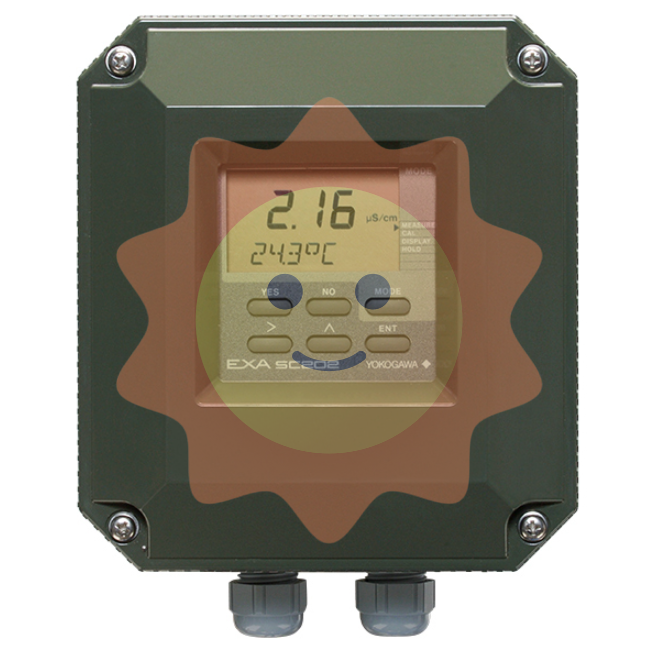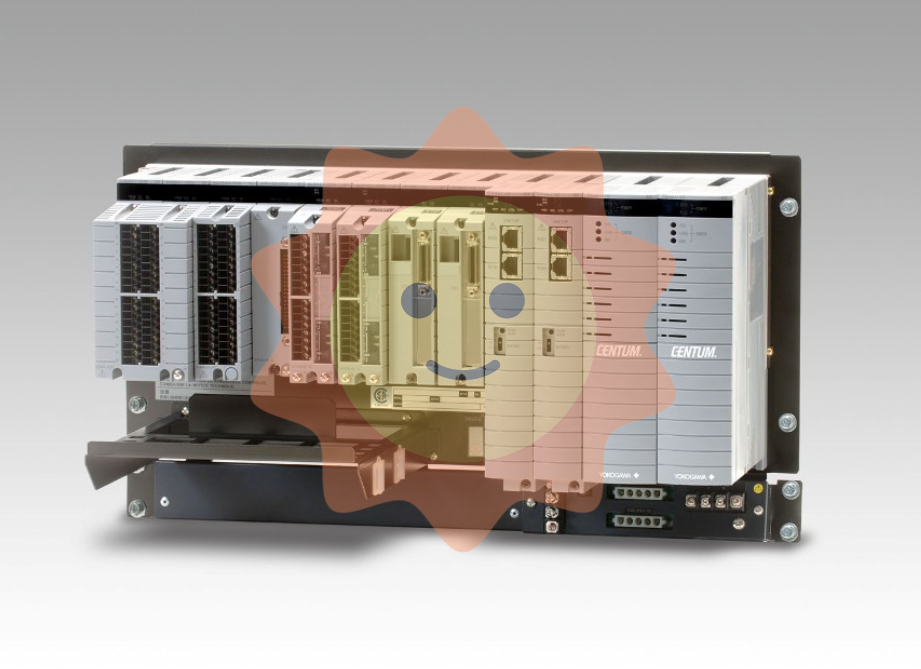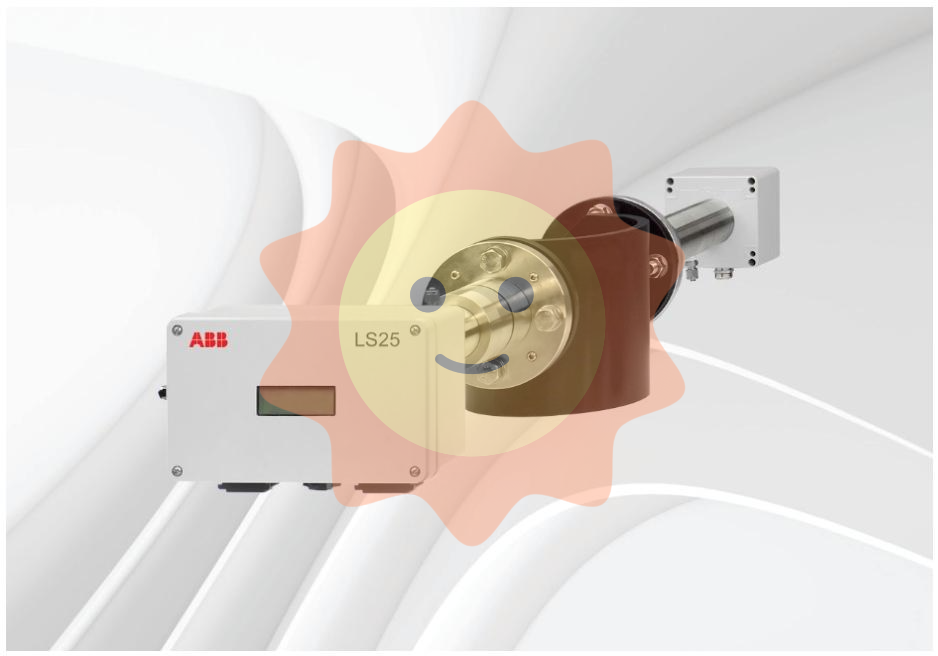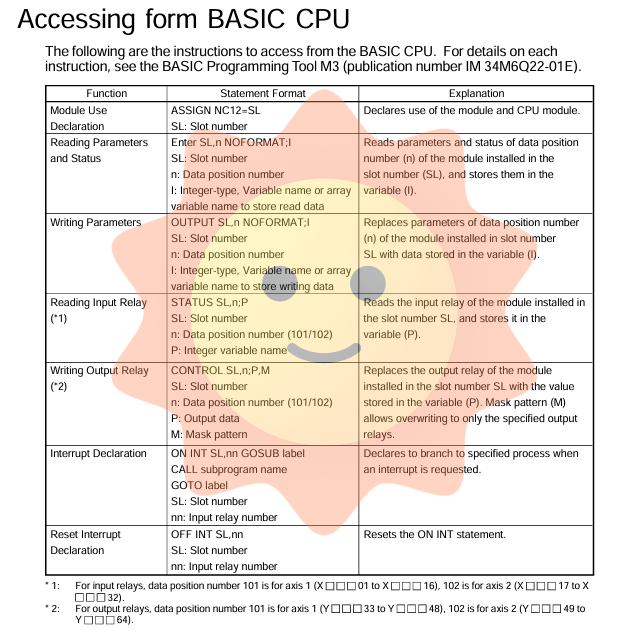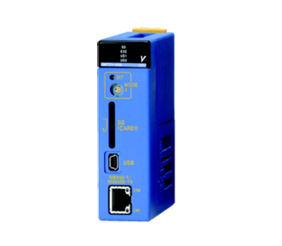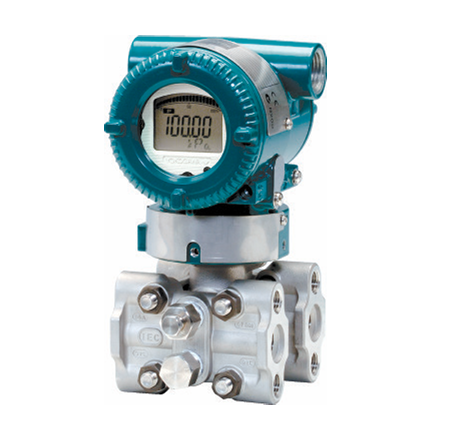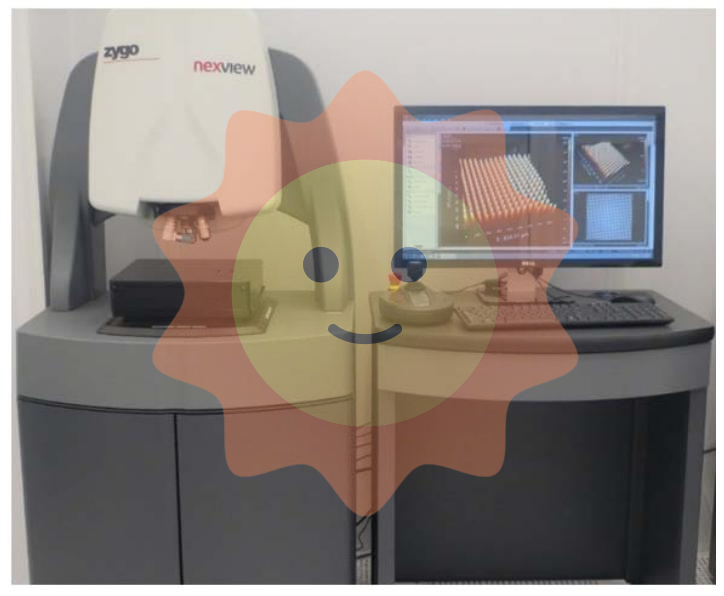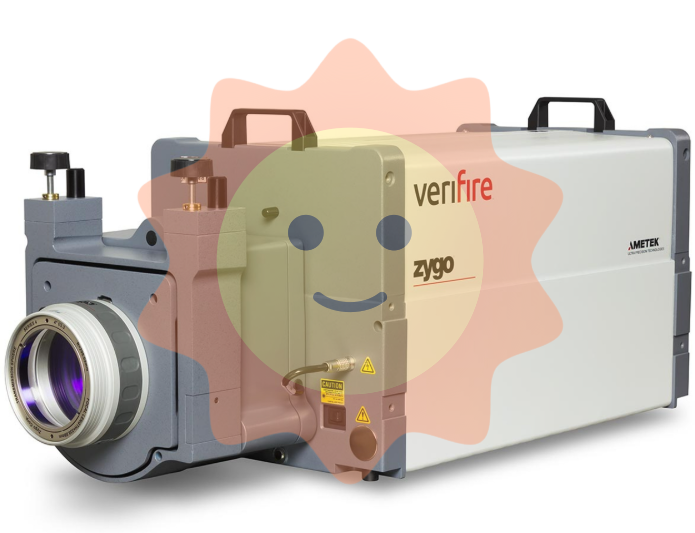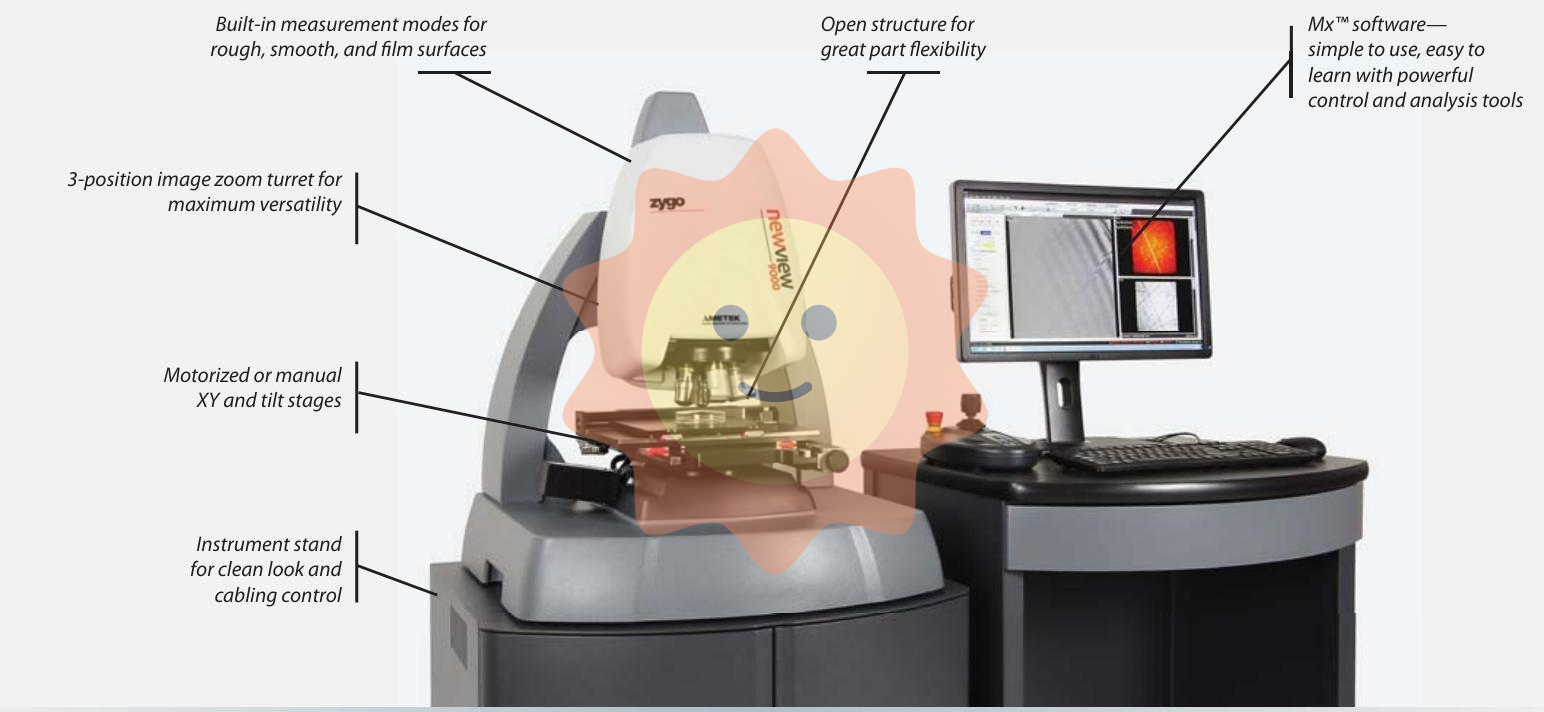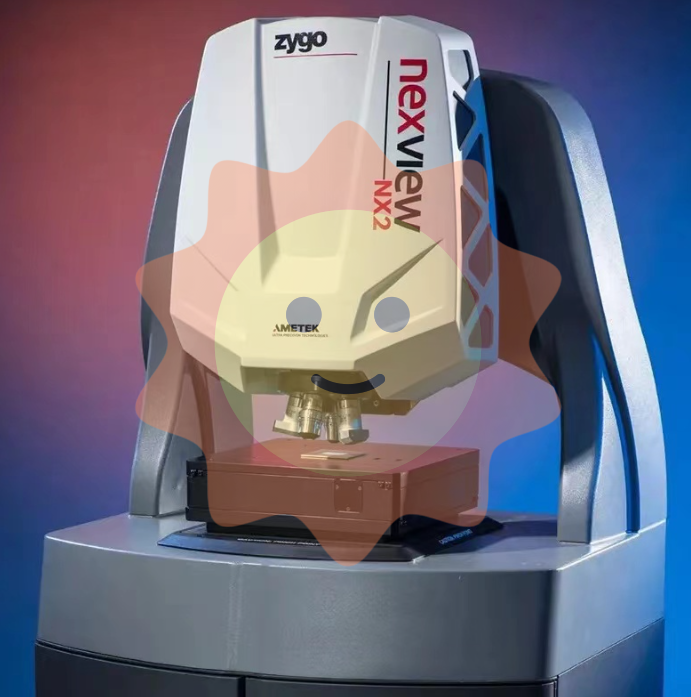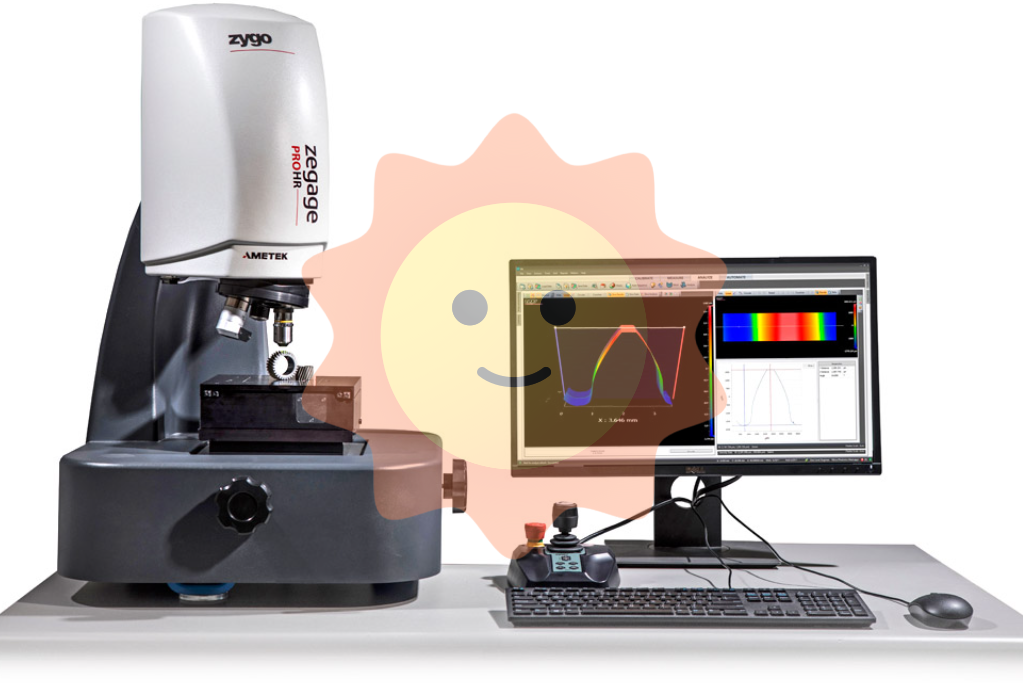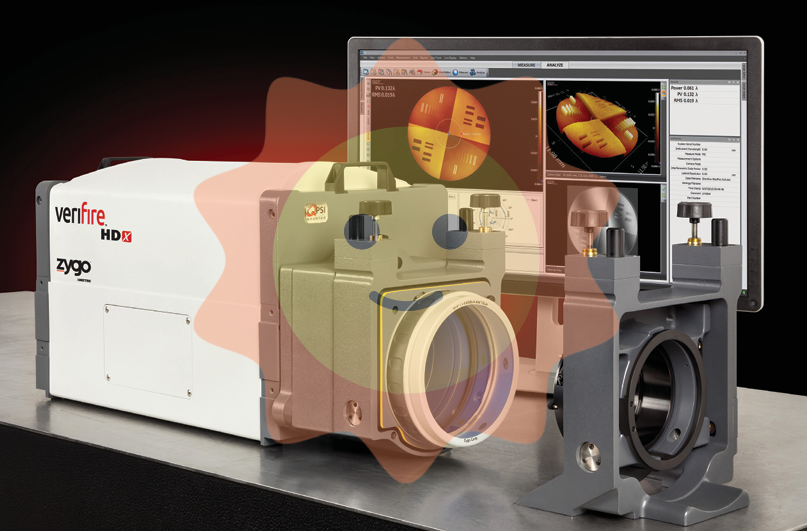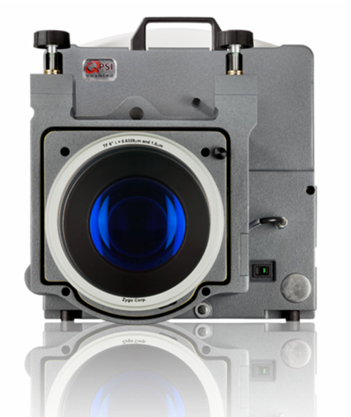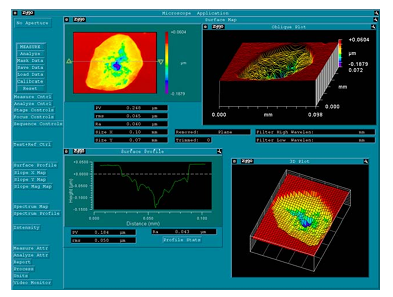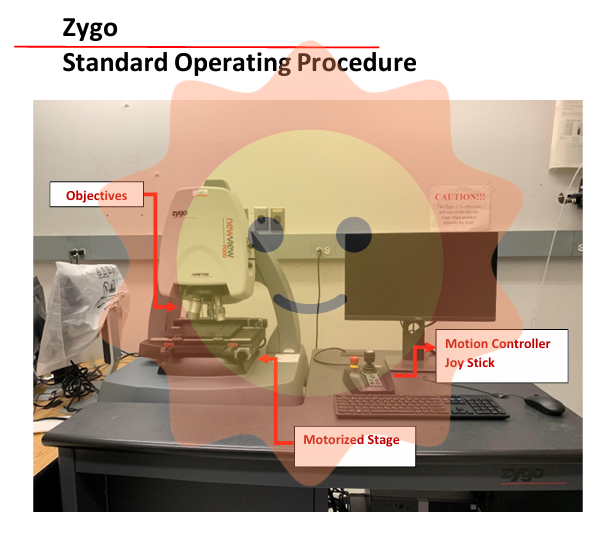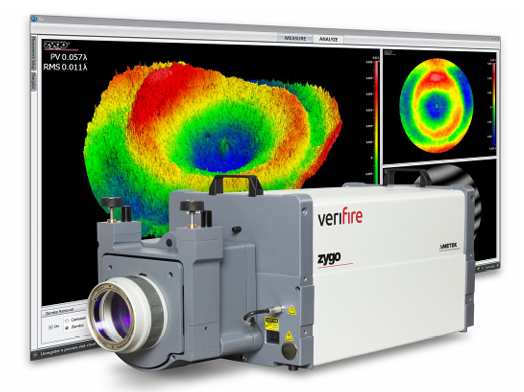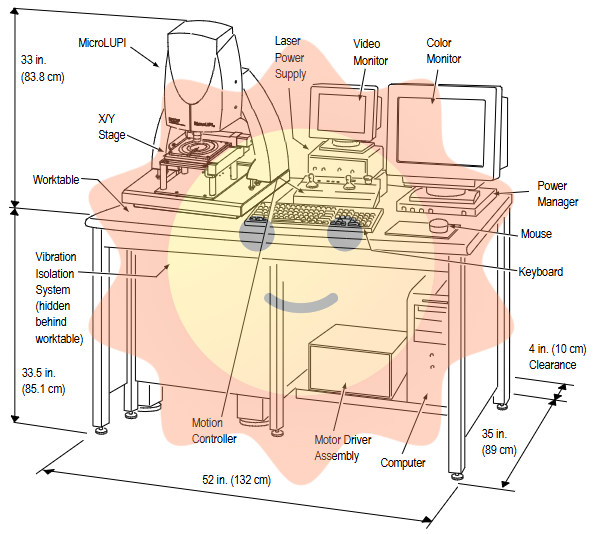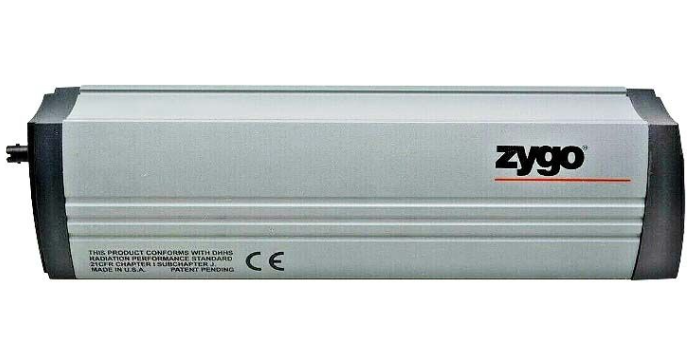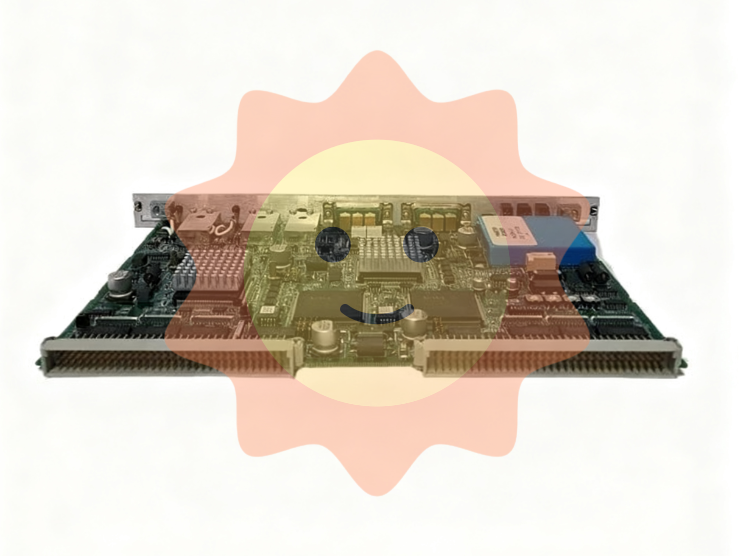ABB O3EGb (order number: HENF315118R2) is a high-performance digital output module designed specifically for industrial automation control systems, belonging to the I/O module family of control systems such as ABB Advant OCS or AC 800M. The core function of this module is to convert the digital control signals (such as logic level signals) emitted by the controller into industrial grade electrical signals that can drive external actuators, achieving precise start stop or status control of external devices such as valves, motors, and indicator lights. It is widely used in fields such as power, chemical, metallurgical, and manufacturing industries that require strict control reliability.
ABB O3EGb HENF315118R2 Digital Output Module
Product Overview
ABB O3EGb (order number: HENF315118R2) is a high-performance digital output module designed specifically for industrial automation control systems, belonging to the I/O module family of control systems such as ABB Advant OCS or AC 800M. The core function of this module is to convert the digital control signals (such as logic level signals) emitted by the controller into industrial grade electrical signals that can drive external actuators, achieving precise start stop or status control of external devices such as valves, motors, and indicator lights. It is widely used in fields such as power, chemical, metallurgical, and manufacturing industries that require strict control reliability.
As an important component of ABB's industrial control solutions, the O3EGb module provides a reliable signal output interface for automation systems with high stability, strong anti-interference ability, and easy integration, ensuring the continuous and stable operation of industrial production processes.
Core technical parameters
2.1 Basic Parameters
-Module model: O3EGb
-Order number: HENF315118R2
-Module type: Digital Output (DO) module
-Applicable control systems: ABB Advant OCS, AC 800M and other series DCS/PLC systems
-Power requirements: Usually supports DC 24V (typical value), subject to actual manual, with overvoltage protection function
-Power consumption: Static power consumption ≤ 2W, full load power consumption ≤ 10W (adjusted according to output channel load)
2.2 Output Channel Parameters
-Number of channels: 8 channels (common configuration, subject to actual product)
-Output type: Relay output/transistor output (mainly relay output, supports dry contact signal)
-Output voltage range: DC 5V-30V/AC 24V-250V (relay output supports AC/DC loads)
-Single channel maximum output current: 2A (resistive load), 1A (inductive load)
-Output response time: ≤ 10ms (from control signal input to stable output state)
-Channel isolation method: Optical isolation between channels, isolation voltage ≥ 2500Vrms (1 minute)
2.3 Environmental and mechanical parameters
-Working temperature range: -20 ℃~+60 ℃
-Storage temperature range: -40 ℃~+85 ℃
-Relative humidity: 5%~95% (no condensation)
-Protection level: IP20 (module itself), if installed inside the control cabinet, it can meet higher environmental protection requirements
-Installation method: Standard DIN rail installation (35mm), supports module cascade expansion
-Dimensions: Approximately 45mm in width, 100mm in height, and 120mm in depth (subject to actual dimensions)
Core functions and features
3.1 High reliability design
The module adopts industrial grade component selection and has a complete protection mechanism, including output short-circuit protection, overcurrent protection, and power overvoltage protection, which can effectively avoid module damage caused by load abnormalities or power fluctuations. At the same time, the high-voltage isolation design between channels can prevent external interference signals from entering the control system through the output channel, ensuring the stable operation of the controller.
3.2 Flexible load adaptation capability
Supports multiple types of loads, including inductive loads (such as small motors and solenoid valves) and resistive loads (such as indicator lights and heaters), which can be stably driven without the need for additional adaptive circuits, reducing system integration complexity. The relay output type module also has a "dry contact" characteristic, which can flexibly match load circuits of different voltage levels.
3.3 Convenient Diagnosis and Maintenance
The module is equipped with a variety of status indicator lights, including power indicator light (PWR), module running indicator light (RUN), and output status indicator lights for each channel (CH1-CH8). Operation and maintenance personnel can quickly determine the power supply, running status, and working conditions of each channel through the indicator lights. Some models support channel fault self diagnosis function, which can feedback fault information to the controller for remote fault location and warning.
3.4 Seamless Integration and Expansion
Adopting ABB standard bus communication protocols (such as PROFIBUS, EtherNet/IP, etc., depending on the system configuration), it can quickly connect to existing ABB control systems without the need for complex protocol conversion settings. The module supports DIN rail cascade installation and can flexibly expand the number of output channels according to actual control requirements, meeting the needs of large-scale industrial control scenarios.
Typical application scenarios
-Power industry: used for auxiliary control systems in power plants (such as start stop control of feedwater pumps and fans), and status control of secondary equipment in substations (such as isolation switch operation and indicator light drive).
-Chemical industry: Implement on/off control of reaction kettle stirring motors, feed valves, and discharge valves, as well as drive of on-site alarm indicator lights, to ensure precise execution of chemical production processes.
-Metallurgical industry: Used for roller motor control, hydraulic system solenoid valve control, and production status indicator light management in steelmaking and ironmaking production lines, adapting to high temperature and high interference industrial environments.
-Manufacturing industry: In automated production lines, drive conveyor belt motors, robotic arm actuators, and fixture clamping/releasing controls to improve the automation level and production efficiency of the production line.
5、 Installation and usage precautions
Before installing the module, it is necessary to confirm the compatibility between the control system model and the module to ensure that the bus protocol matches.
During the installation process, it is necessary to strictly follow the principle of "power-off operation" to avoid circuit damage caused by live plugging and unplugging modules.
3. When wiring, it is necessary to distinguish between the module power terminal, signal input terminal, and output terminal to ensure that the wiring is firm and avoid equipment failures caused by poor contact; The output circuit needs to be reasonably configured with fuses according to the load type to enhance system safety.
4. The module should be installed in a well ventilated location away from heat sources and strong electromagnetic interference sources (such as high-power frequency converters and welding machines) to avoid environmental factors affecting the service life of the module.
Before being put into use for the first time, it is necessary to conduct no-load testing on each output channel through the control system to confirm the consistency between the channel output status and the control signal, and then connect it to the actual load.
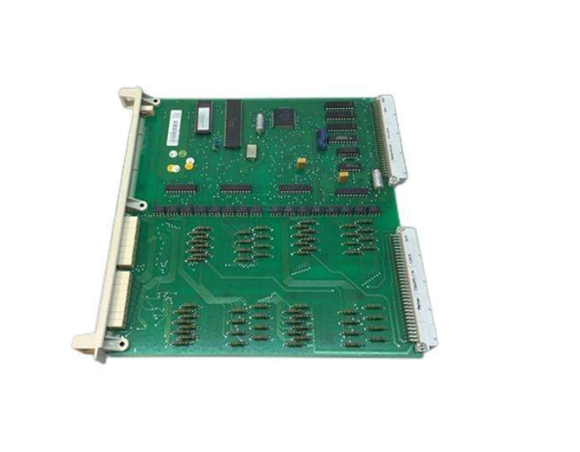
- User name Member Level Quantity Specification Purchase Date
- Satisfaction :
-









Email:wang@kongjiangauto.com


